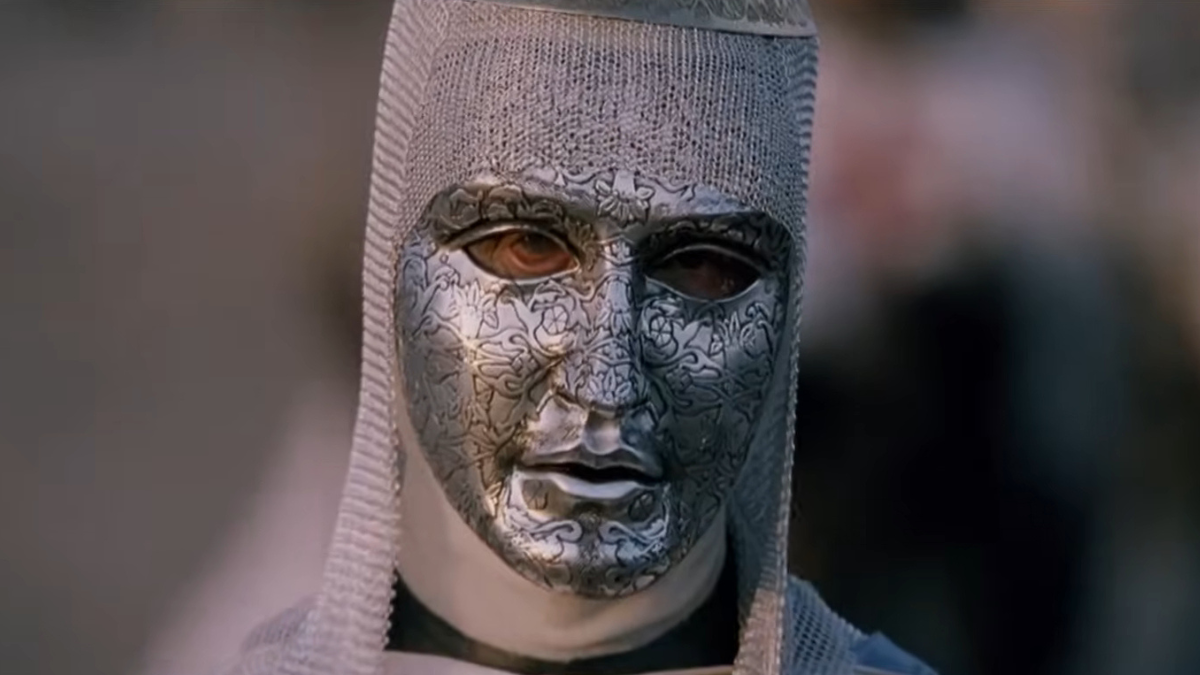Out of the many Ridley Scott historical pictures, Kingdom of Heaven is one of the most underrated. Despite a stacked cast including Orlando Bloom and Eva Green, it is somehow rarely in the conversation.
At the height of Bloom’s popularity in the mid-aughts, he was the focal point of a film that delved into the brutal realities of the Crusades. He plays the character of Balian, a blacksmith who reluctantly joins the fight in Jerusalem. By putting the protagonist in the Christian camp of armies waging war against Muslims, the film could have easily subjected to anti-Islamic rhetoric. Instead, Ridley’s vision handles the subject matter with grace, showing the Christian defeat at the hands of the Muslims, Saladin’s (Ghassan Massoud) fascinating characteristics, and painting the Knights Templar in a gruesome light.
Though Kingdom of Heaven is admittedly heavily fictionalized, it is based on historical figures of the time. Notably, the ruling class of King Baldwin (Edward Norton) and his sister Sibylla (Green), with whom Balian becomes close. Balian’s romance with Sibylla should be taken with a grain of salt, but King Baldwin’s portrayal lies closer to reality, down to his real-life ailment.
What was King Baldwin’s disease in Kingdom of Heaven?
King Baldwin of Jerusalem ruled from 1174 to 1185 and was generally considered a kind and fair king. The terrible irony was that his reign was littered with war, infighting, and disease. These events are depicted in Kingdom of Heaven when Balian first arrives in Jerusalem. He is taken by Sibylla, but notices that her brother is never without his ornate mask. Baldwin’s mask was in place to obscure his diagnosis of leprosy. A common ailment at the time, Baldwin would get sicker and sicker throughout his reign as his body rotted away.
Baldwin’s disease was the cause of much of the unrest within the kingdom. His leprosy was well known throughout his court and threw doubt on his succession. Baldwin had not married due to his ailment and, therefore, never provided any heirs. At the time, women could ascend the throne, so long as they were married. Sibylla would be the prime candidate for his successor. Her claim was strong because she had a son who would continue the family line. But because of the uncertainty, others found an opportunity to disrupt this reign. Sibylla’s husband Guy de Lusignan (Marton Csokas), who was a Templar Knight, was particularly interested in gaining power for himself.
Ultimately, Sibylla’s young son, Baldwin V, succeeded his uncle after Baldwin IV died from his illness. The reign ultimately did not matter in the end, however. Saladin’s defeat of the Christian ruling class made the Leper King’s activities during this time a moot point. All of these events and more fictionalized ones are depicted in Scott’s epic historical film. There is no evidence to suggest that the real king wore such a mask, though he did suffer from the disease depicted.
As always, Scott proves to be a filmmaker with a specific vision and dedication to his craft. He implemented the mask as a source of fiction, which ultimately inspired a subdued and moving performance from Norton. The film would go on to be appreciated due to the Director’s Cut, viewed as the definitive version of the film.











Published: May 7, 2024 03:53 pm